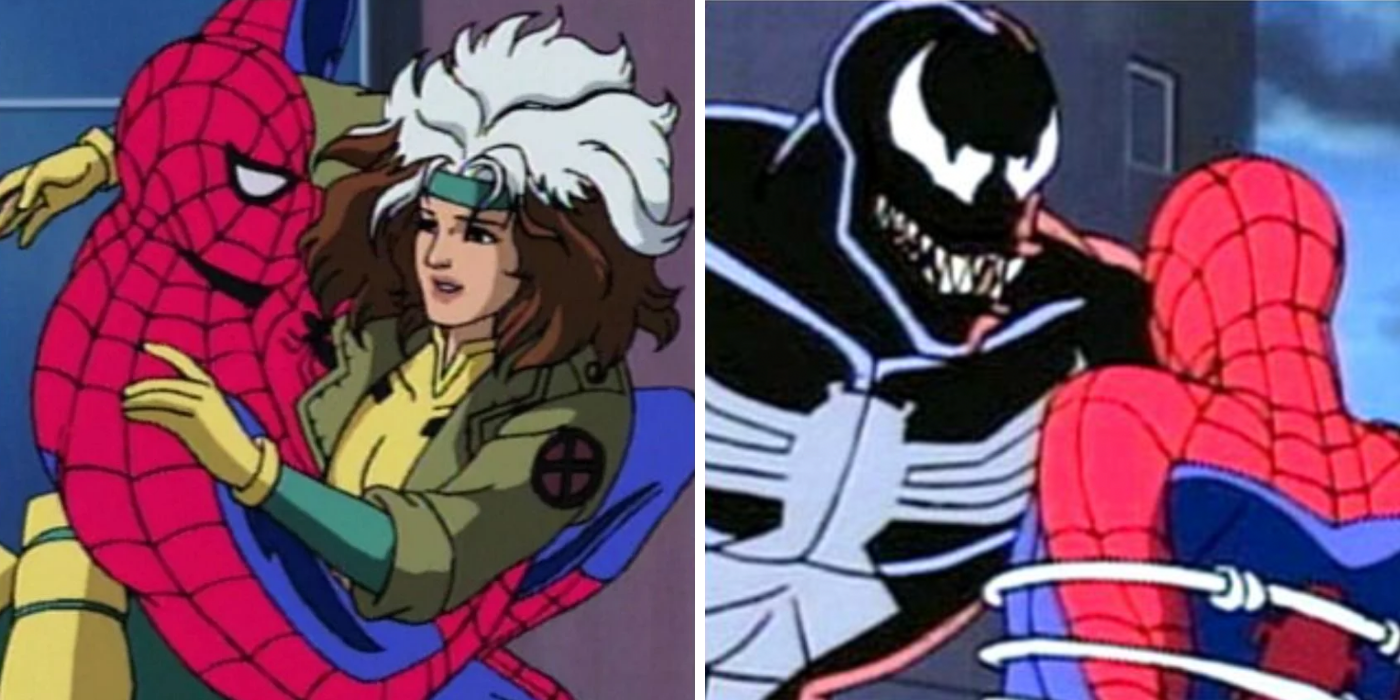
Marvel's most popular character, Spider-Man, has come a long way since his original comic book debut. Since his creation, he's been in a comic strip, on the big screen, and on television. Though many animated versions of Peter Parker exist, there is one rendition of Spider-Man that has withstood the test of time.
Under the helm of producer, writer, and story editor John Semper Jr., Spider-Man: The Animated Series became one of the best and most faithful renditions of Spider-Man to this day. With help from Stan Lee, the show modernized the Spider-Man universe, updating and improving the comic book character for a new and younger fan base.
10 Stan Lee had influence over the first season of the show
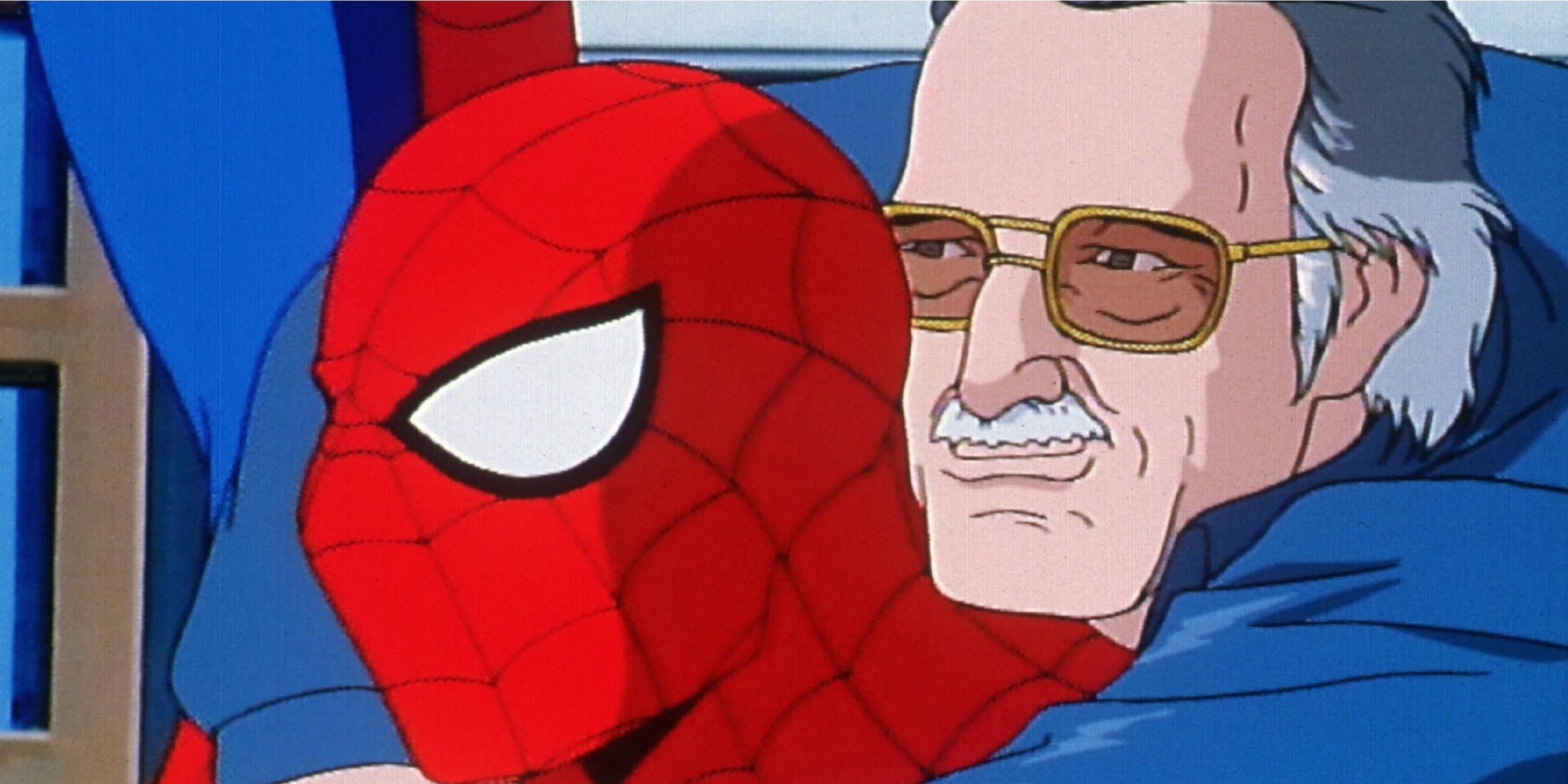
First and foremost, Stan Lee was involved with and had a say in the creative direction of the show. He was credited as the executive producer for the entire series but had a firm creative say only in the first season. Regardless, Stan Lee being involved in any capacity, was and is a bit unusual.
Creators not being involved with movie and television adaptations of their work has become a growing trend in the industry. Adaptations of Alan Moore's work is a prime example of this practice. The showrunners allowing Stan Lee to be this involved was a great decision that ultimately strengthened the series.
9 The series featured many members of Spider-Man's rogues gallery
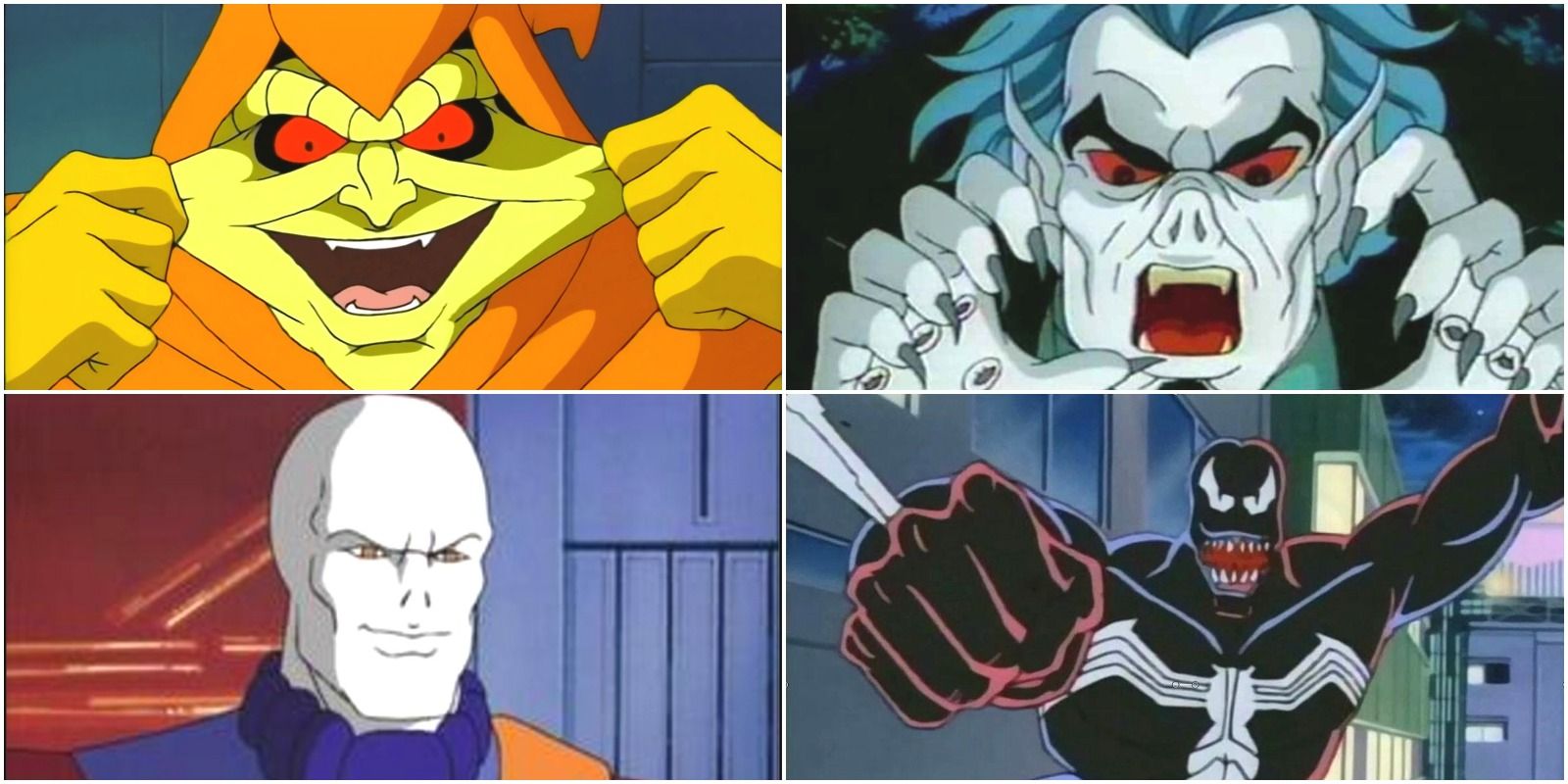
Instead of having an overarching villain for the entire series, each episode was dedicated to a different Spider-Man villain, similar to how it was with the old Stan Lee comics. Each villain got their time in the spotlight. It made the show more interesting because Spider-Man had to find new and innovative ways --each episode-- to defeat his villains.
The series featured a good mix of lesser and better-known Spider-Man villains. Lesser-known villains like Tombstone, Spencer Smythe, and Chameleon were highlighted in addition to fan favorites like Carnage, Venom, and Hobgoblin.
8 Spider-Man teamed up with many other notable Marvel characters in the show
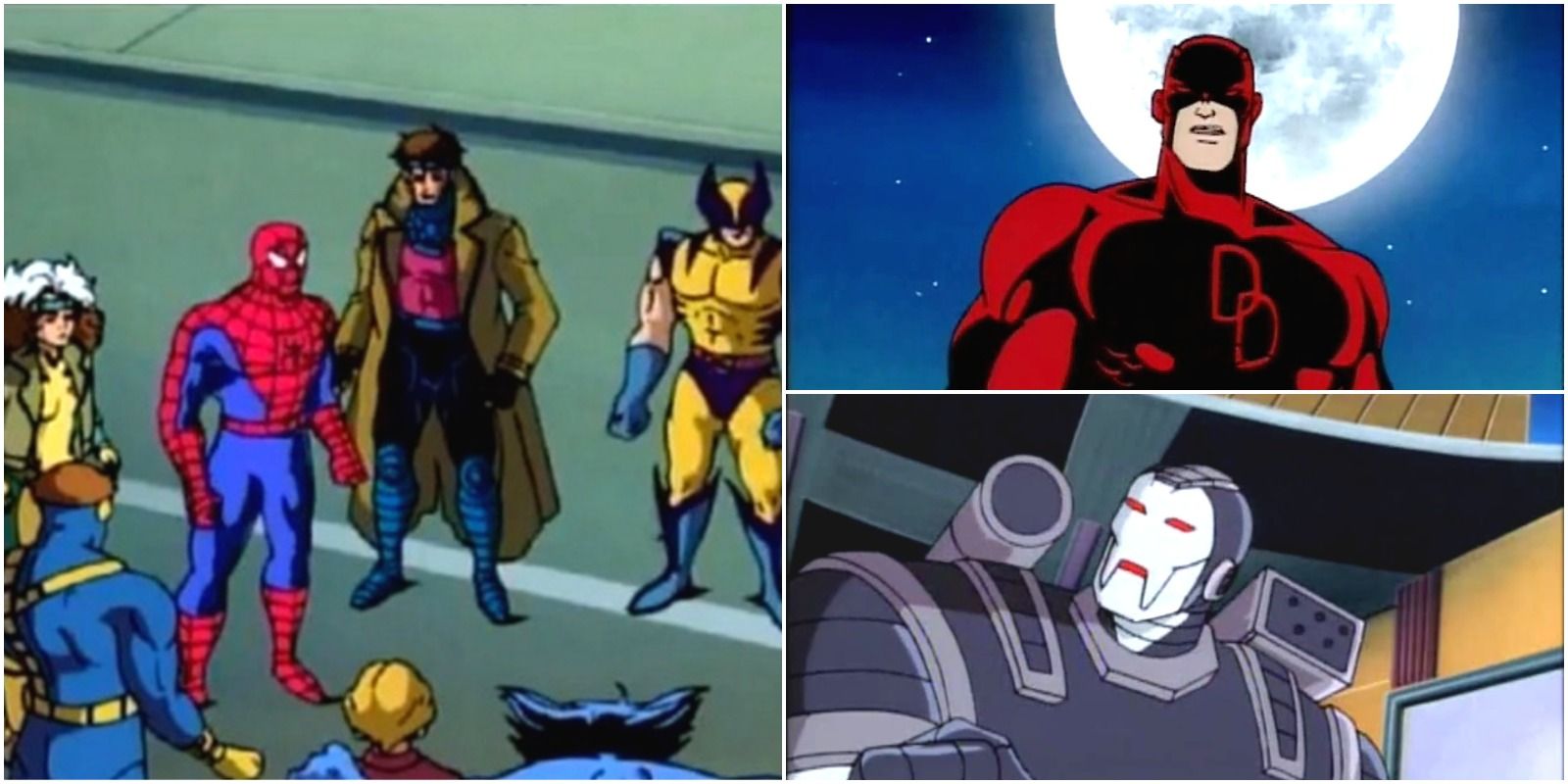
Spider-Man has never worked well on a team, by the design of his character, but he does shine when it comes to team-ups. Some of his most notable stories were when he teamed up with other Marvel characters. This show takes advantage of this strength and plays off it.
In the show, he's teamed up with the X-Men, the FF, Daredevil, War Machine, and even Blade. He doesn't do a team-up every episode but does it often enough to cement his worth in the Marvel universe.
7 A lot less goofy than its predecessor

In many ways, the show was a response to Batman: The Animated Series and tried to improve upon the look and feel of the Batman series. The show was darker than its previous animated predecessors, particularly Spider-Man and his Amazing Friends, but it wasn't as dark as Batman. It wasn't noir but instead tried to make up its own new tone.
This was a great direction for the franchise as it somewhat mimicked the character's progression in the comics. The episodes were a bit more serious and the fights weren't so predictable, making it a better and more engaging watch.
6 Featured strong female characters from the Spider-Man universe

The women in Peter's life have had a huge impact on his development as a character. In the cartoon, these women not only make an appearance but are better versions of themselves. Mary Jane was updated. Instead of being the airhead that she was originally depicted to be, she was a mature and independent supporting character. Because Gwen Stacy never made an appearance on the show, Mary Jane became a blend of her own comic personality and Gwen's.
Aunt May also wasn't this frail old woman anymore who passed out whenever her nephew was away for a few minutes. Felicia Hardy was even more likable in the show, becoming a great romantic partner for Peter. These women became actual characters in the animated series, supplementing the more mature tone of the cartoon.
5 Peter Parker was rebranded

Stan Lee wanted to update Peter Parker for this series, altering his looks and personality. Instead of a nerdy dorky college student, Peter was now a well-built good-looking photographer who wasn't always scrambling for money.
Although the change was nice, the fan base was split. Some preferred this more mature iteration of Peter while others opted more for the geeky version that originated from the comics.
4 The show stayed faithful to the source material
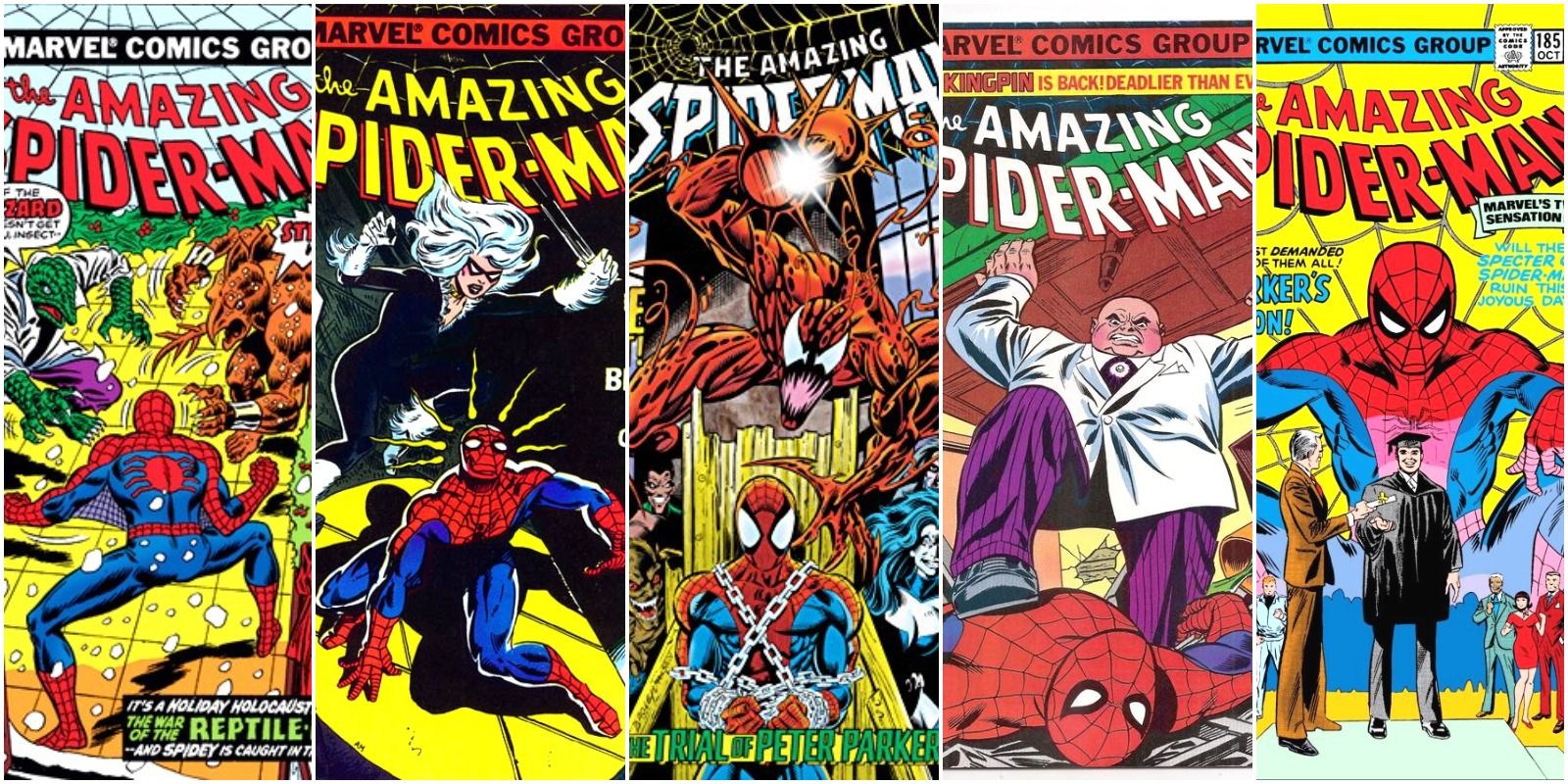
The show featured many notable comic book writers in the industry such as Len Wein, J.M. DeMatteis, Gerry Conway, and Marv Wolfman among others. Keeping to the source material was what many fans enjoyed about the cartoon and bringing in some big comic book names was a definite plus for the series. It allowed originality without having it be disrespectful to the comics.
Additionally, almost every episode was based on a Spider-Man storyline from the original comics. For example, "The Alien Costume, Part One" was based on the events of Spider-Man issue #258. Having the show be this close to the source material made it that much more enjoyable for new and returning fans of Spider-Man.
3 The series wasn't canceled because of low ratings, it was actually a huge success
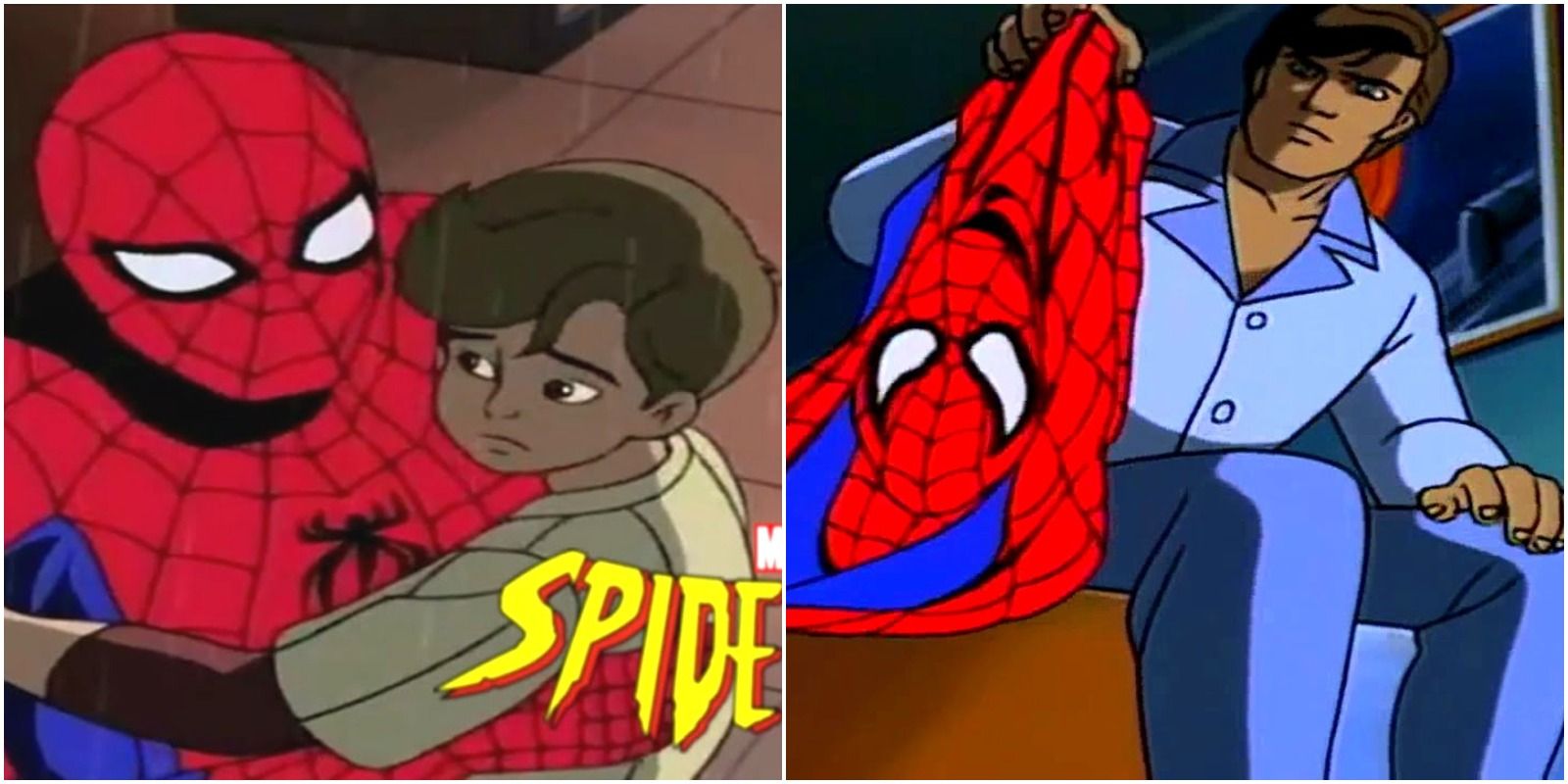
The show was generally well received by fans and went on for 65 episodes, spanning five seasons. For an adaptation to be this successful meant that it did something right. The series was going strong and showed minimal signs of slowing down.
Unfortunately, due to disagreements between executive producer Avi Arad and Margaret Loesch, the head of Fox Kids at the time, the show was canceled abruptly. Semper Jr. had many plans for season 6, including Madame Web time traveling with Spidey to find Mary Jane, a possible appearance by the Sandman, and the possible return of Norman Osborn.
2 The show managed to work in the high level of censorship
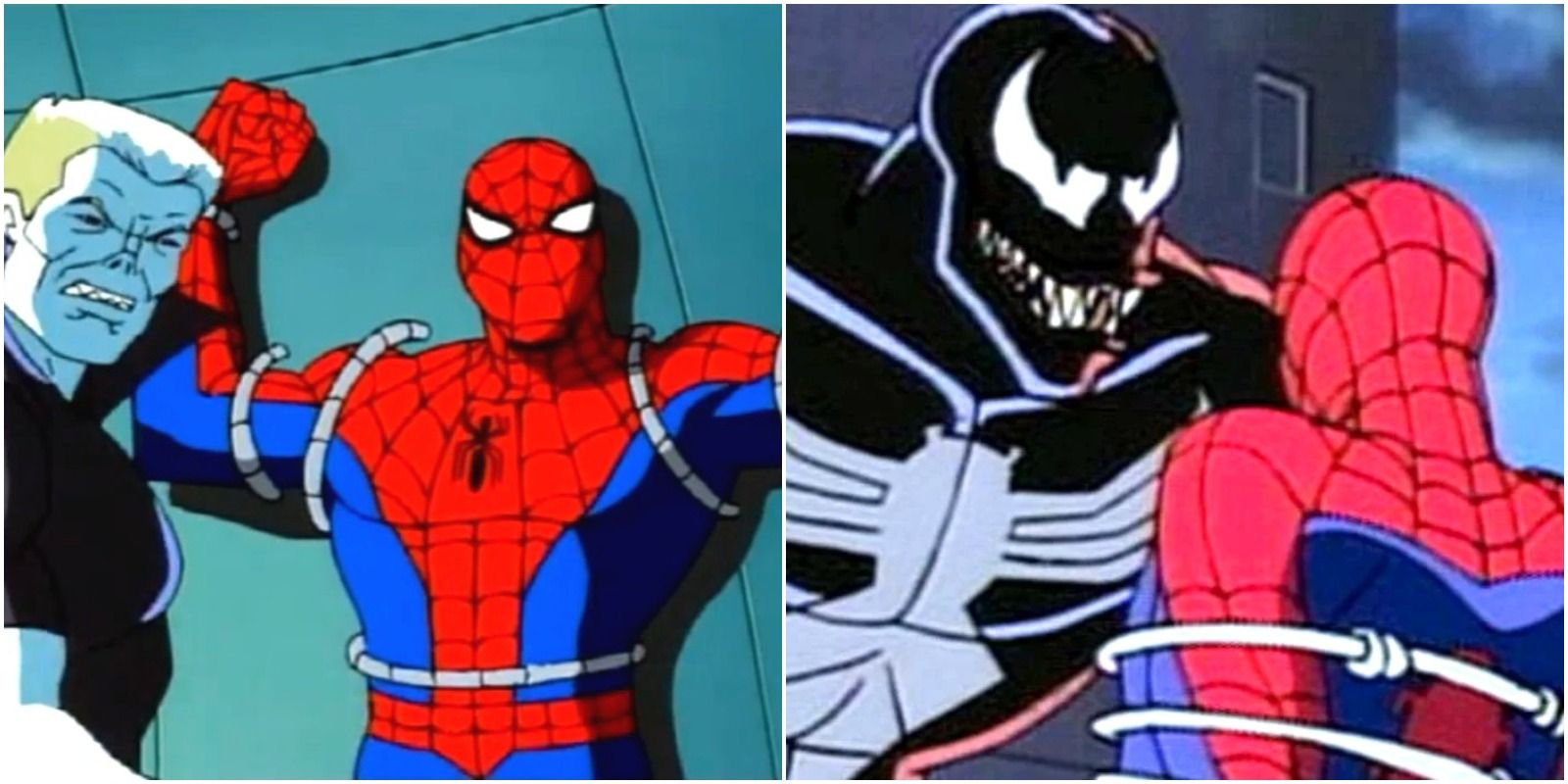
In response to complaints received by parents about other Fox Kids cartoons, Spider-Man was slapped with a handful of censorship rules. These complaints stated that their shows, Mighty Morphin Power Rangers and Batman: The Animated Series, in particular, were too violent for kids and that in order to avoid being banned in other countries, Spider-Man needed to abide by some new censorship rules.
These rules included characters not being allowed to punch one another, renaming the Sinister Six to the Insidious Six, the use of only laser guns, and no broken windows or glass were to be shown, among others. But despite these somewhat ridiculous rules, the show was still action-packed and exciting to watch. An impressive implementation, to say the least.
1 Joe Perry of Aerosmith performed the awesome theme song
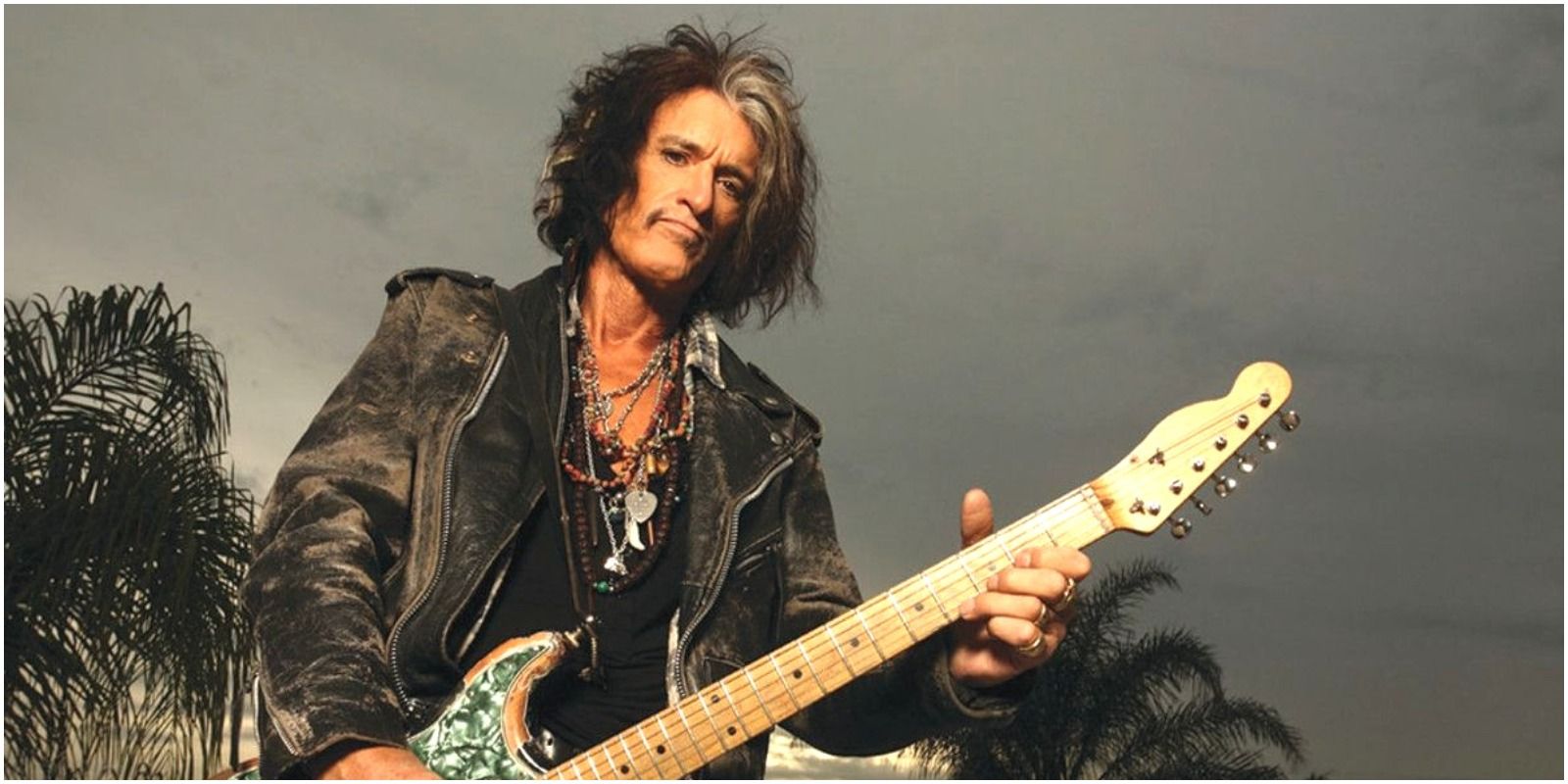
Because the original Spider-Man theme from the 1967 show was too expensive to use, Semper Jr. opted to write a new title song. Written by Haim Saban, Joe Perry, lead guitarist for Aerosmith, was hired to perform it.
The song rocks. It's so great yet so simple. It has cool vocals and amazing guitar riffs. Excluding the original '60s theme, this Spider-Man theme song is by far the best there is. No other animated Spider-Man show can say that their theme song featured a world-famous rockstar. The title song alone elevates this series above the rest.
0 Comments